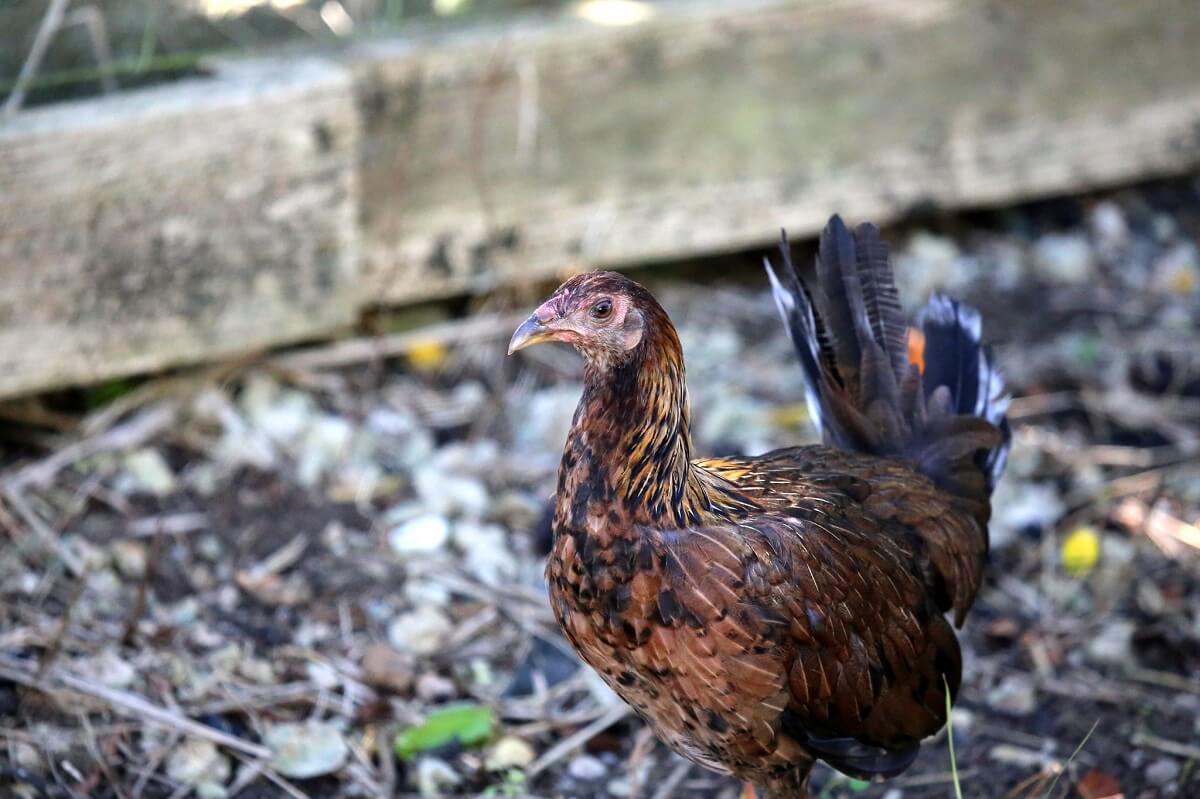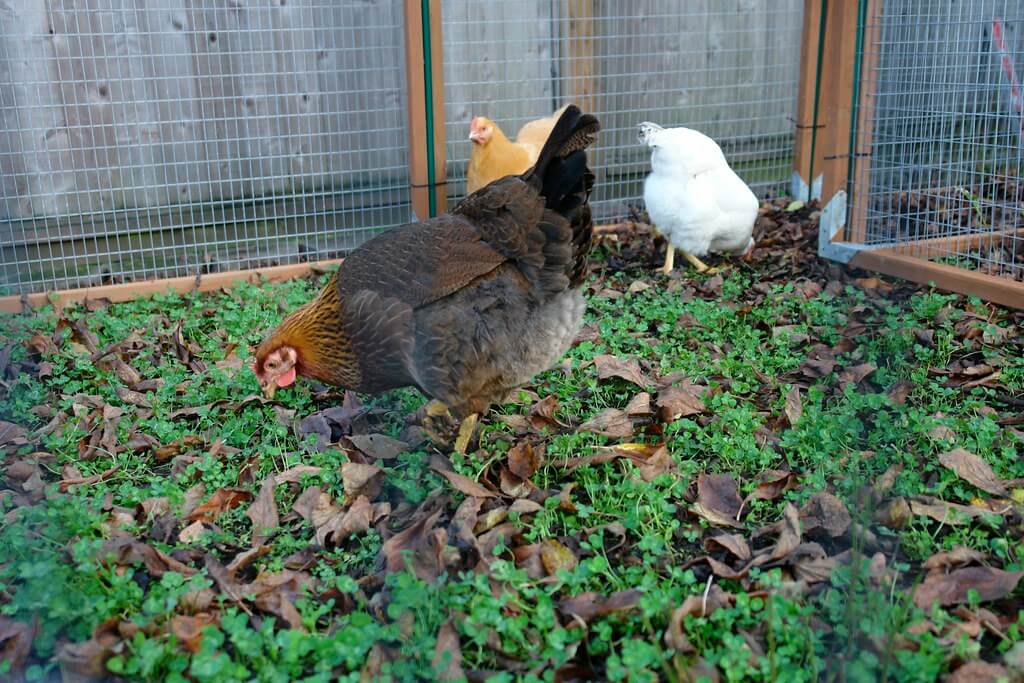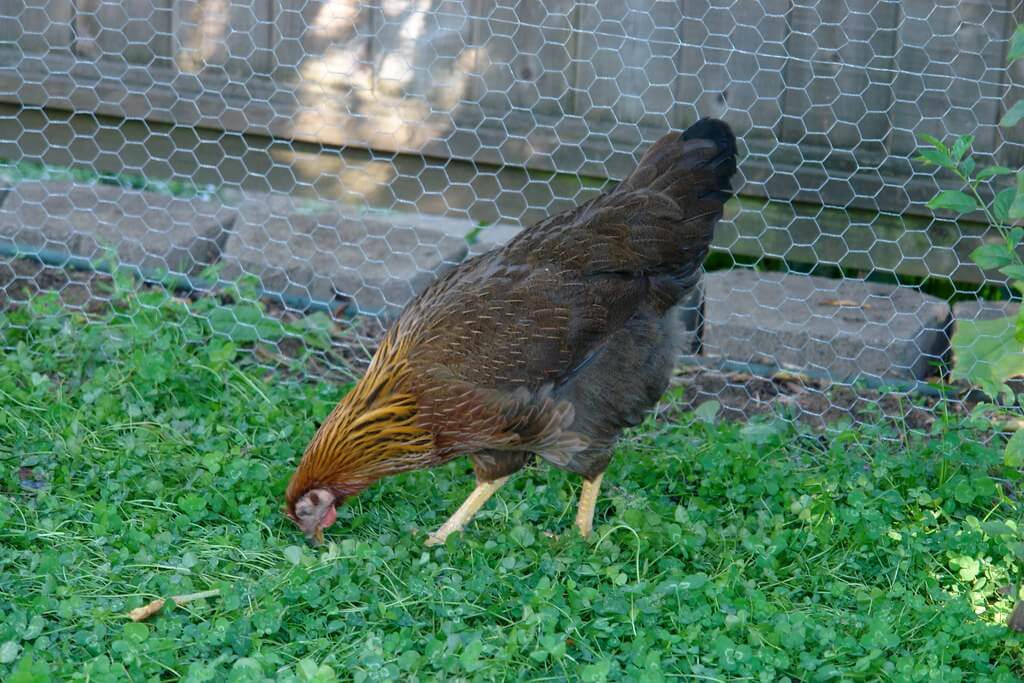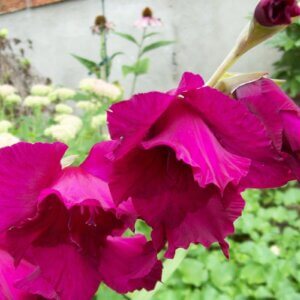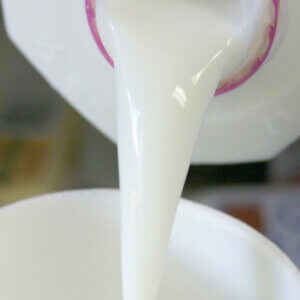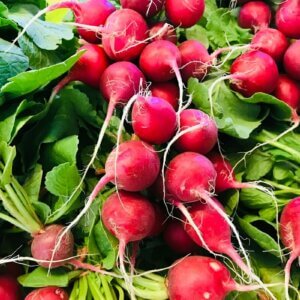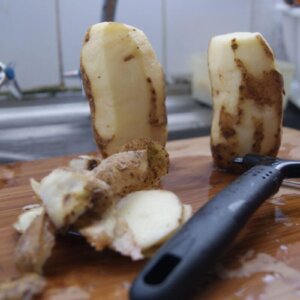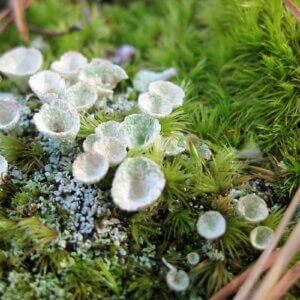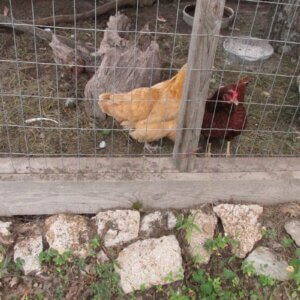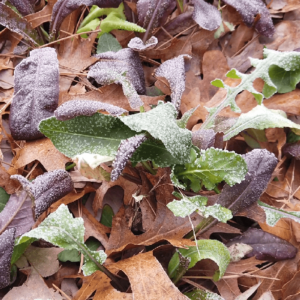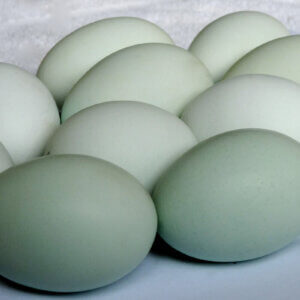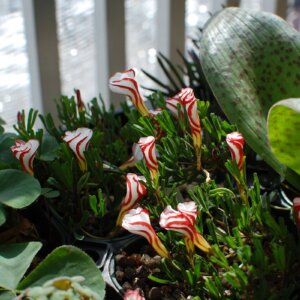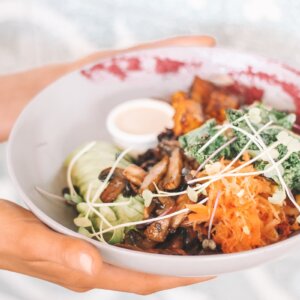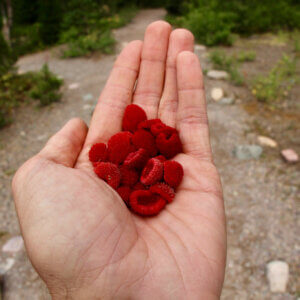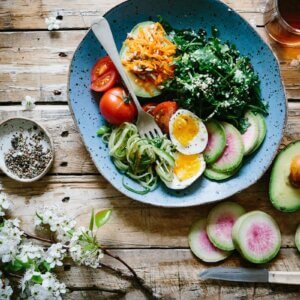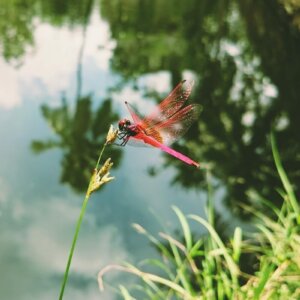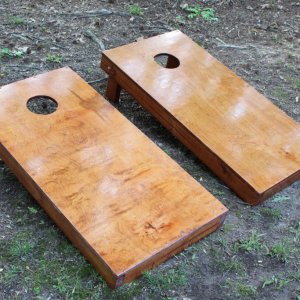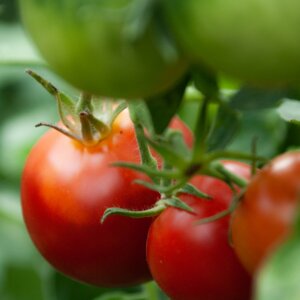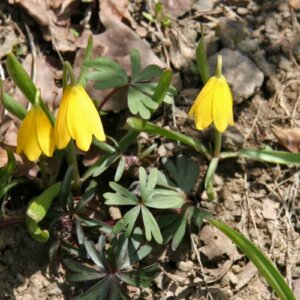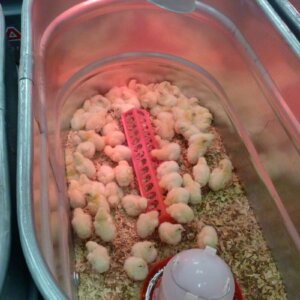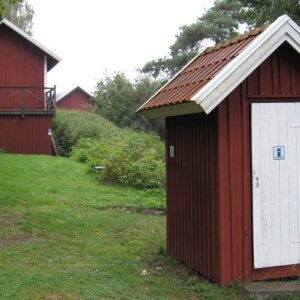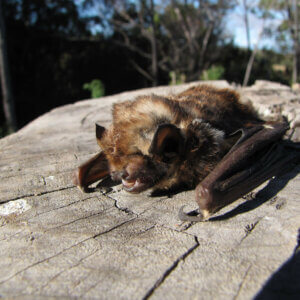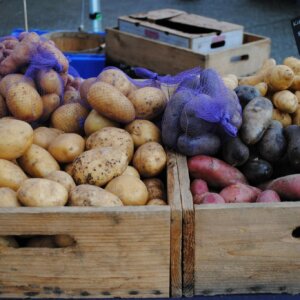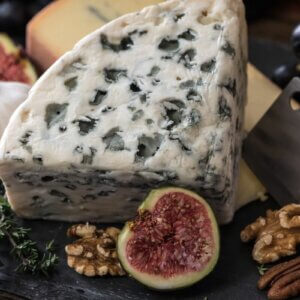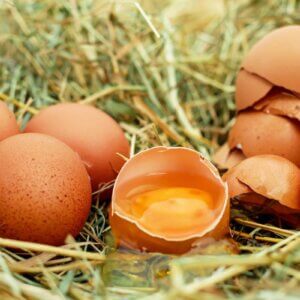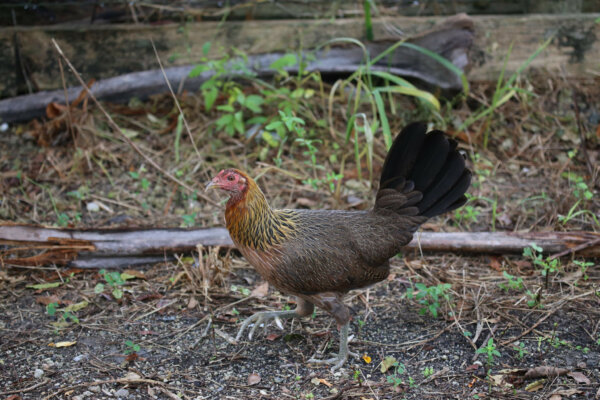
- Purpose: Dual-Purpose
- Eggs: Dark Brown
- Egg Size: Large
- Color: Blue, Blue-Grey, Black
- Comb Type: Large Single Comb
With an affable personality, long lifespan, and, most notably, beautifully dark brown, speckled eggs, the Welsummer is a darling of many a backyard chicken coop.
Developed within the past century from such noteworthy breeds as the Rhode Island Red, Barnevelder, Leghorn, and Wyandotte, this popular Dutch breed is a great choice for the beginner chicken-keeper!
Welsummers hardly go broody, are easily handled, and can bear confinement without complaining.
Those looking for an entertaining, active chicken as a pet might do well to enjoy the company of a russet-brown Welsummer hen.
Characteristics
One of the few auto-sexing breeds, hatchling Welsummers will be easy to sort. Female chicks will have a much darker head and back markings than males. The markings on female chicks are also much more clean-edged and defined, making distinguishing the egg-layers from the future roasts quite easy.
This breed is also happy to save you money on feed by foraging for most its food if allowed to free-range. Chicken keepers looking to maximize output from their flocks would certainly appreciate these characteristics!
They usually live for around 9 years, and will consistently lay eggs for the first three years. And what could be better than a pet who lays you chocolate-brown eggs for breakfast?
Welsummers Aren’t The Mothers Of The Year
Those looking to breed these beautiful birds will have to turn their eggs over to the keeping of a far broodier bird than the Welsummer. Not only are they not interested in sitting, but they are not good at caring for any chicks they might somehow hatch.
Silkies, the surrogate mothers of any egg you let them care for, will be a far better mother.
Additionally, though they are relatively cold-hardy, like most northern European breeds, their large, single combs will need a watchful eye against frostbite.
What’s The Yield?
Welsummers grow to a decent size and weight, making them a good dual-purpose breed. Hens will usually grow to 5.5 pounds and roosters will reach at least 7 pounds.
Though they were originally bred as a table bird, there’s no missing those eggs! A healthy hen can produce around 160 large, dark-brown eggs a year. While there are certainly breeds that produce many more eggs in a year than that, like the Leghorn and the Australorp, the small backyard homestead probably doesn’t need that many in the first place.
Interestingly, each hen will lay eggs with the same general patterning throughout her life, so if you like the characteristics of a certain hen with an intention to continue the breed, isolating her eggs should be relatively easy!
Welsummer Facts
The dark pigmentation of the Welsummer’s lovely eggs is added late in egg production. If you catch the eggs soon after being laid, it can actually be rubbed off!
Even though he looks nothing like the actual rooster, Cornelius, the rooster logo of Kellogg’s corn flakes was reportedly based on a Welsummer.
Pictures Of Welsummer Chickens
Resources
- Welsummer, Omlet
- Welsummer: A Comprehensive Guide, Backyard Chicken Coops
- Welsummer, Whitmore Farm
- Welsummer Chickens, Purely Poultry
- Welsummer Chickens, Roy’s Farm
- Welsummers, Dare 2 Dream Farms
- Welsummer, Henderson’s Handy Dandy Chicken Chart
- Welsummers, Chicken Addicts Anonymous
- Welsummer, My Pet Chicken

